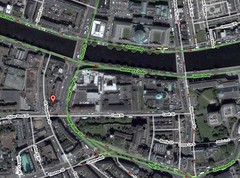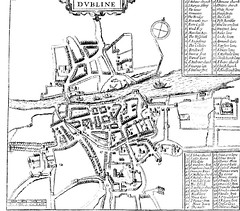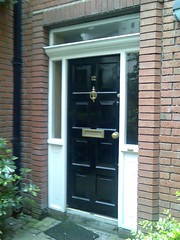Biometrics is the statistical analysis of biological data. A passport, therefore, cannot be a biometric passport, unless the meaning of biometrics has changed. A passport could be biometric if the purpose is the accumulation of statistics, not of one person or passport, but of many passports.
Passports, historically, were provided to travelers to ease their journey in foreign countries. A State document, requesting that the authorities abroad should help the traveler accorded with the fact that only States existed in public international law; individuals were not recognized (by and large still the case).
On that view the new Irish ePassport is a traditional document. It is addressed, effectively, to the USA. The United States of America will not assist Irish travelers unless they present a State document of request acceptable to the USA. Only an ePassport is acceptable.
However, it is not the Irish State that is of interest now to the USA, it is the traveler. Specifically, it is the identity of the traveler. Even more specifically it is the entire body of knowledge about each Irish traveler, to be embodied in every ePassport, which is of interest to the USA.
The ePassport is, presumably short for âelectronic passportâ?. The chip buried in the passport is a communications device. It can be read at a distance with suitable technology. It can be read anywhere in the world that the traveler goes to, not just at USA border or entry points. The information in it can, and will, form part of a huge database in the possession of the USA. Any US company or agency could become a collector of the information. It would not be necessary to see or handle the ePassport to download or transfer the information. It could happen at a car hire outlet or in an hotel. It could happen on a street.
The ePassport is a personâs barcode. It is the personâs identity.
The great era of identity theft is about to begin.
Hopefully, the first victim is not Minister for Foreign Affairs Dermot Christopher Ahern whose passport number is public property, displayed by him on the front page of the Irish Times of 17th October 2006.
Presumably he can at least be confident that it will not be stolen by Colonel Oliver North or Robert McFarlane (a.k.a. âSean Devlinâ?); he bears no resemblance to them.
What do their successors look like?






